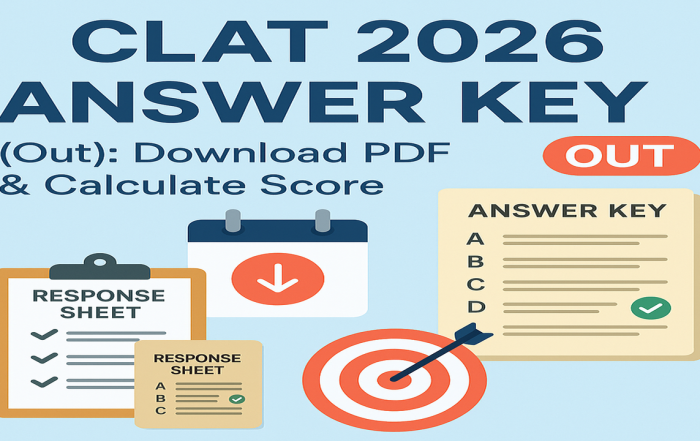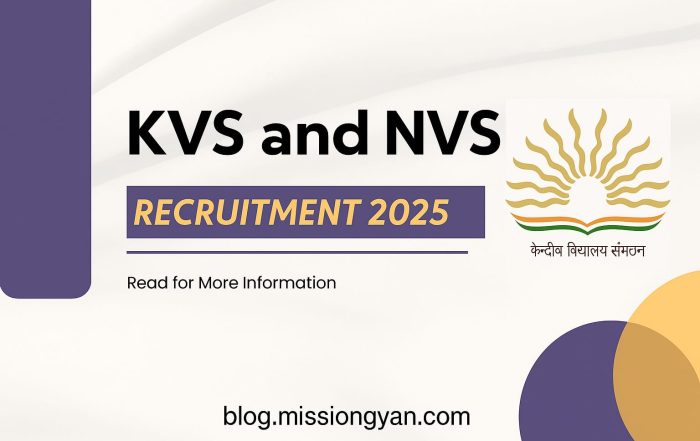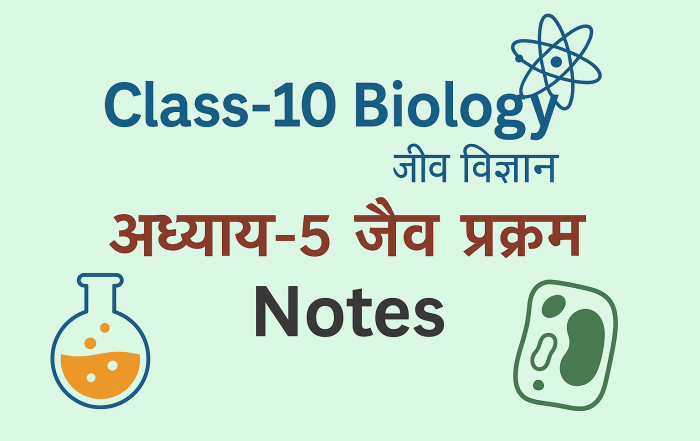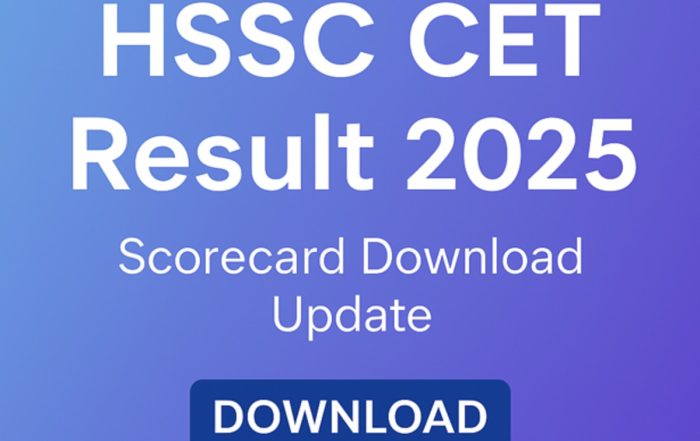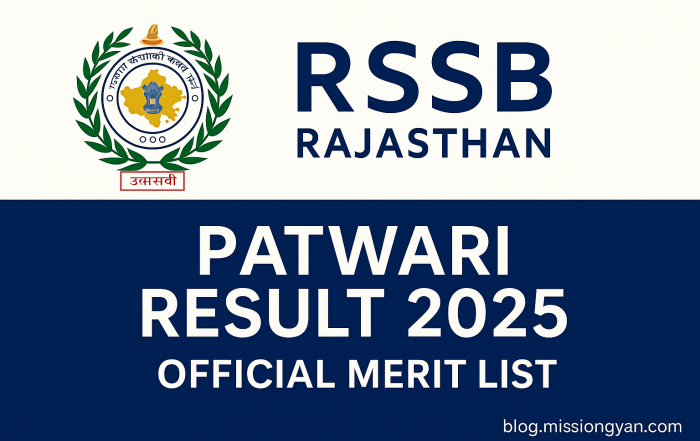RECENT POSTS
SSC Delhi Police Constable Admit Card 2025: Download Link ✅
SSC Delhi Police Constable Admit Card 2025 – Download Date & Exam Schedule The Staff Selection Commission (SSC) is preparing to conduct the SSC Delhi Police Constable Recruitment Examination 2025 for 7,565 vacancies. Candidates who [...]
DRDO CEPTAM 11 Recruitment 2025 Apply Online for 764 Posts
🏢 DRDO CEPTAM 11 Recruitment 2025 – Complete Overview The Defence Research and Development Organisation (DRDO) has officially announced the CEPTAM 11 Recruitment 2025. This recruitment drive opens an excellent opportunity for candidates who are [...]
CLAT 2026 Answer Key (Out): Download PDF & Calculate Score
CLAT 2026 Answer Key (Out): Download PDF & Calculate Score The CLAT 2026 Answer Key has been officially released by the Consortium of National Law Universities (NLUs). As a result, candidates can now evaluate their [...]
KVS & NVS Recruitment 2025: Apply Online, Eligibility & Vacancies
KVS & NVS Recruitment 2025: Notification, Eligibility, Vacancies & Online Application The Kendriya Vidyalaya Sangathan (KVS) and Navodaya Vidyalaya Samiti (NVS) have released the official Recruitment Notification 2025 for Teaching and Non-Teaching posts.Additionally, a total [...]
कक्षा 10 विज्ञान अध्याय 5: जैव प्रक्रम (Life Processes) – महत्वपूर्ण नोट्स, MCQs व प्रश्न-उत्तर
कक्षा 10 विज्ञान: अध्याय 5 – जैव प्रक्रम – महत्वपूर्ण नोट्स एवं प्रश्न-उत्तर जैव प्रक्रम परिचय— 1.जैव प्रक्रम — ➠सभी प्रक्रम जो सम्मिलित रूप से अनुरक्षण का कार्य करते हैं। a. पोषण: ऊर्जा स्त्रोत को [...]
UPSSSC PET Result 2025 Out: Download Scorecard & Cutoff
UPSSSC PET Result 2025 Released — Check Scorecard & Cutoff Here The Uttar Pradesh Subordinate Services Selection Commission (UPSSSC) has officially announced the PET Result 2025 on 05 December 2025. Candidates who took the exam on 06 & 07 September 2025 can [...]
🎯HSSC CET Result 2025 OUT – Download Group C Scorecard & Check Cut Off
🎯HSSC CET Result 2025 OUT – Download Group C Scorecard & Check Cut Off The Haryana Staff Selection Commission (HSSC) has officially released the HSSC CET Result 2025 for Group C posts on 05 December [...]
Rajasthan RSSB Patwari Result 2025 Out – Check Merit List PDF
🎯Rajasthan RSSB Patwari Result 2025 Declared – Download Merit List PDF & Check Next Process The Rajasthan Staff Selection Board (RSSB) has officially declared the Rajasthan Patwari Result 2025 for candidates who appeared in the [...]
SBI SO Recruitment 2025 🔔: 996 Vacancies Apply Online
🏦 SBI SO Recruitment 2025 ✅ – Apply Online for 996 Posts Notification State Bank of India (SBI) has officially released the SBI SO Recruitment 2025 Notification for 996 Specialist Officer vacancies including VP Wealth [...]




